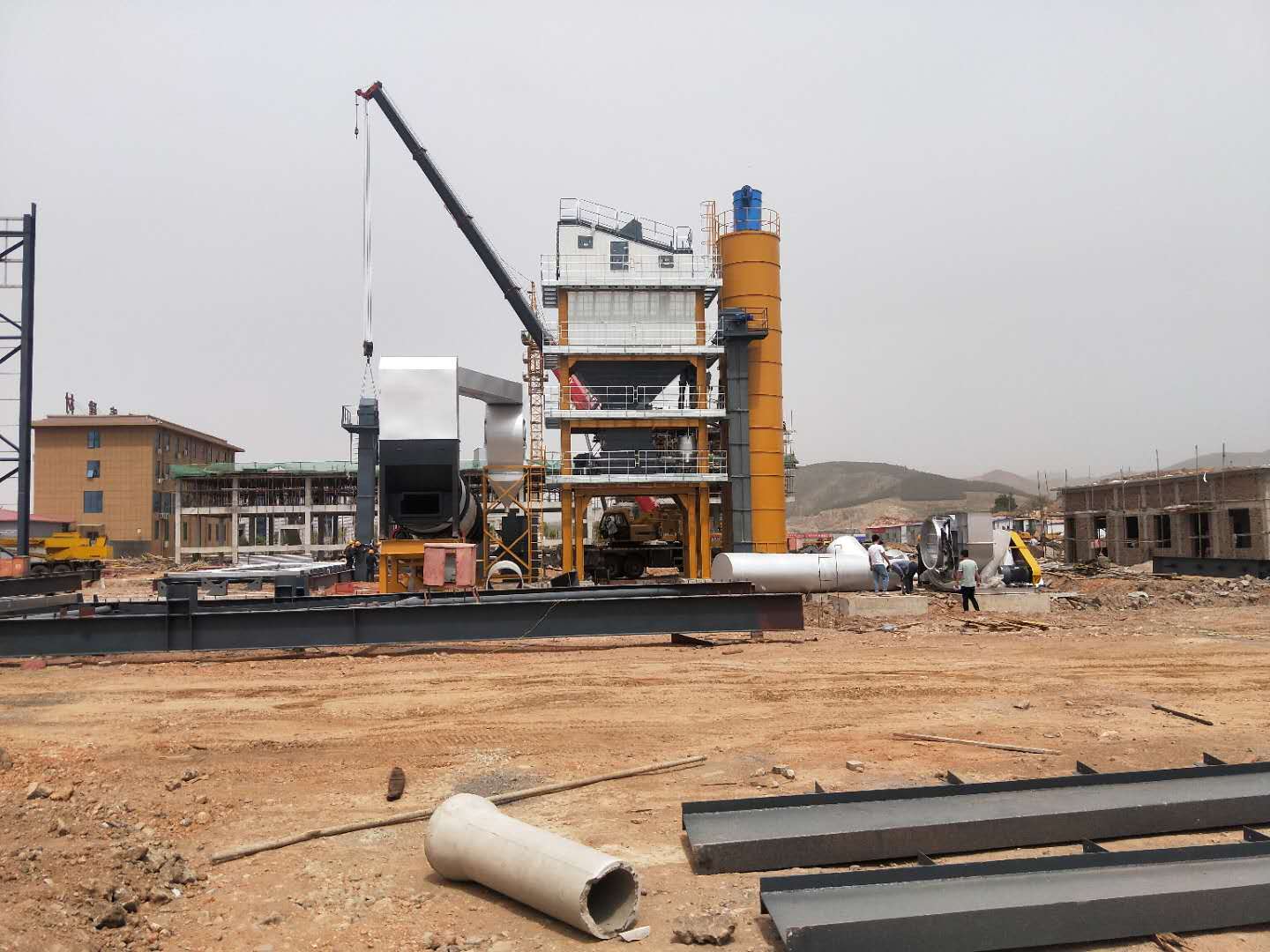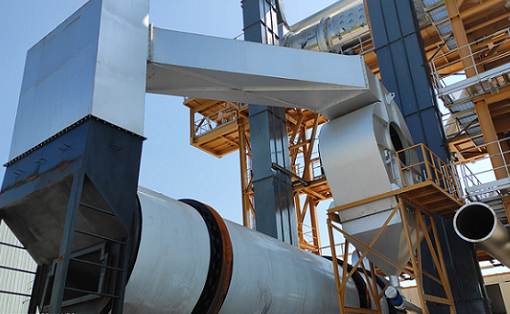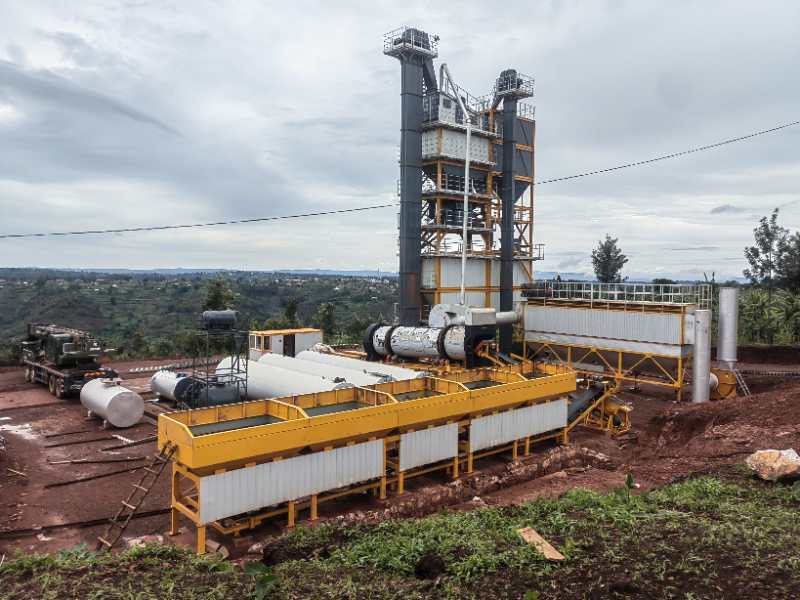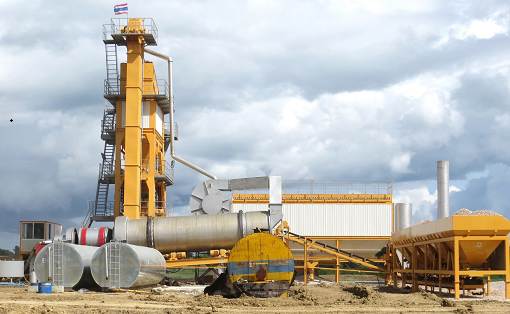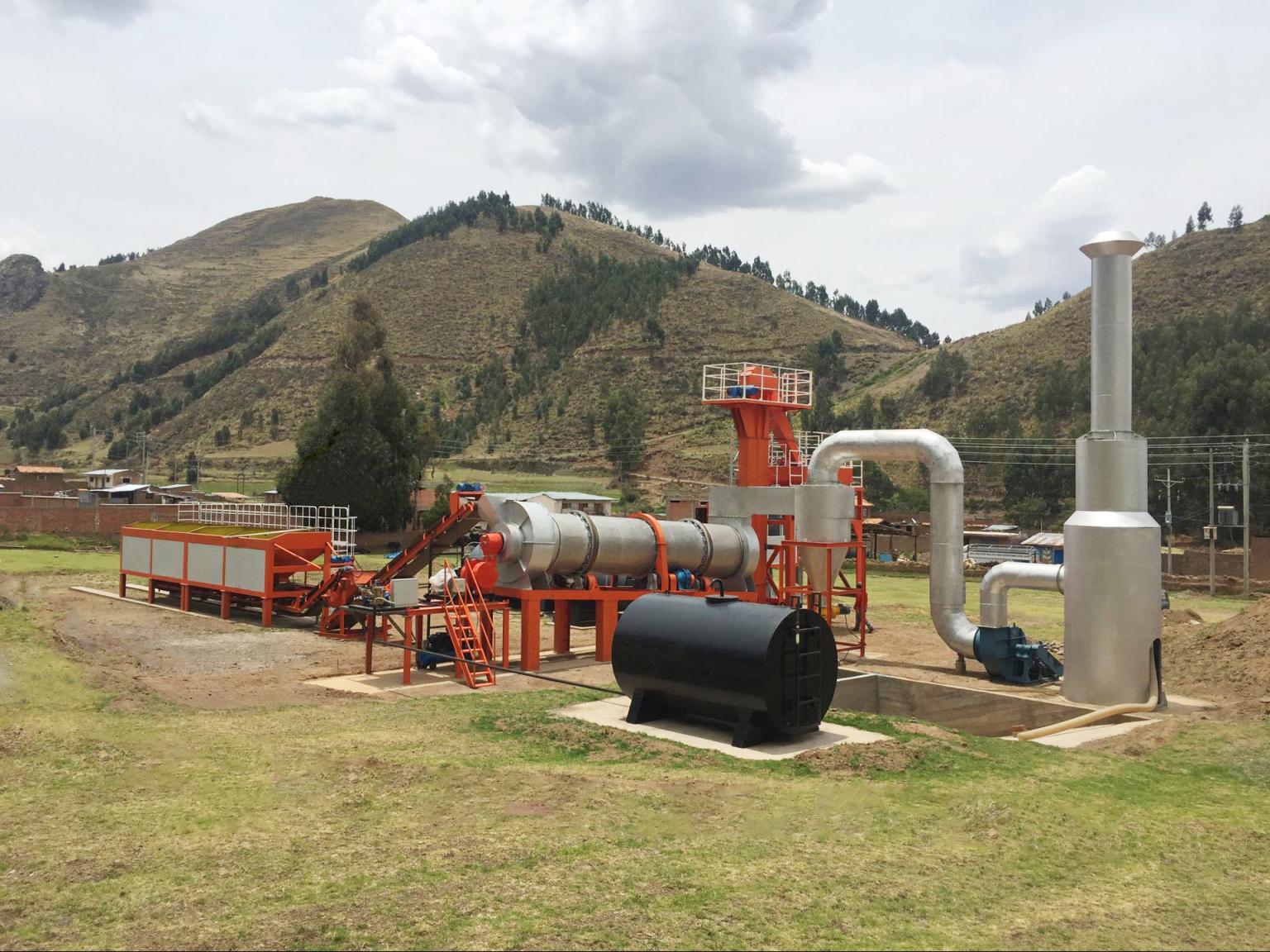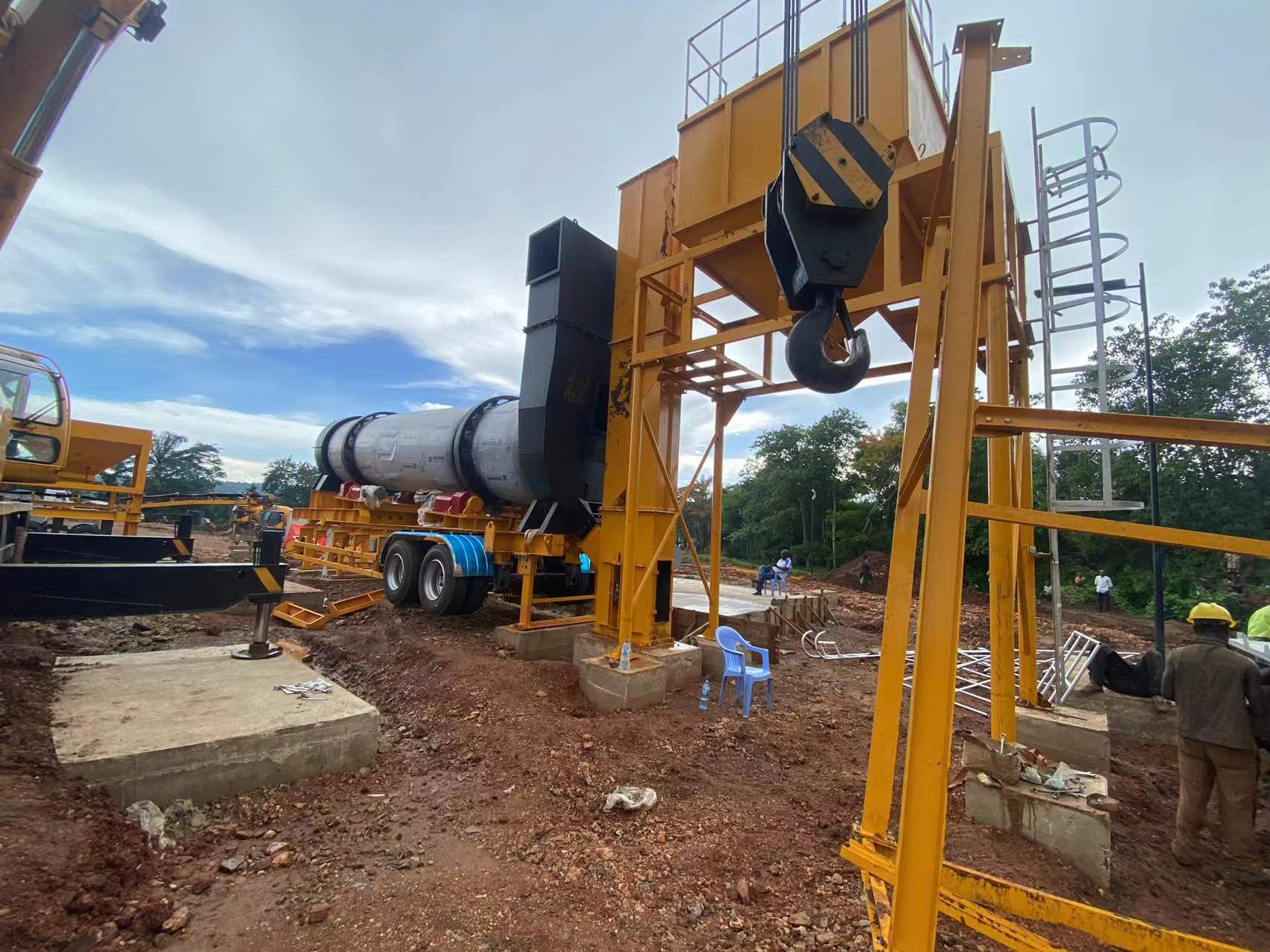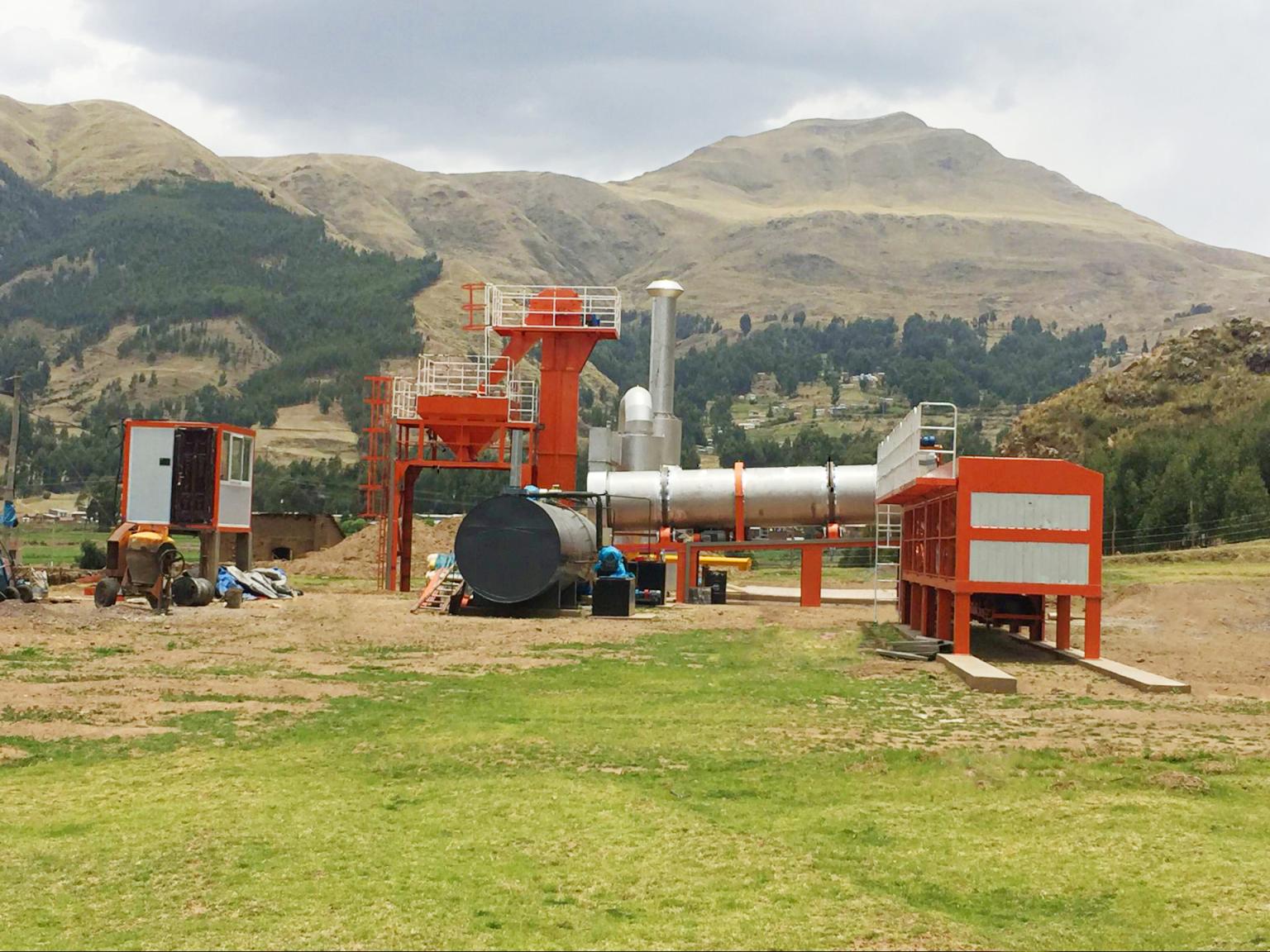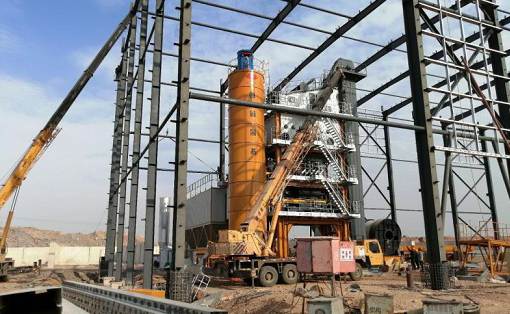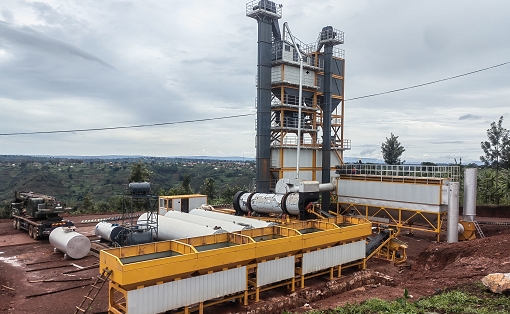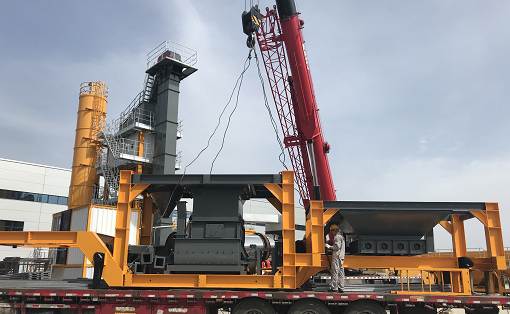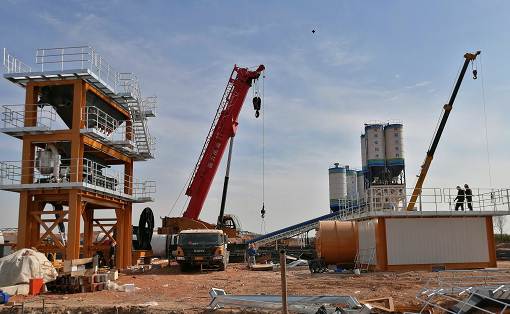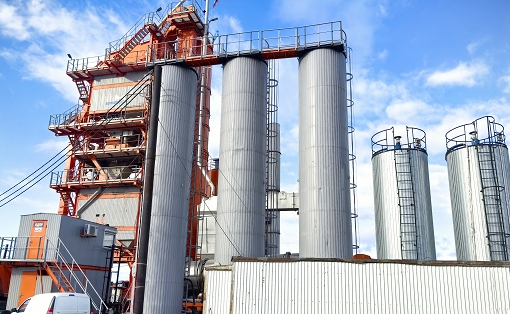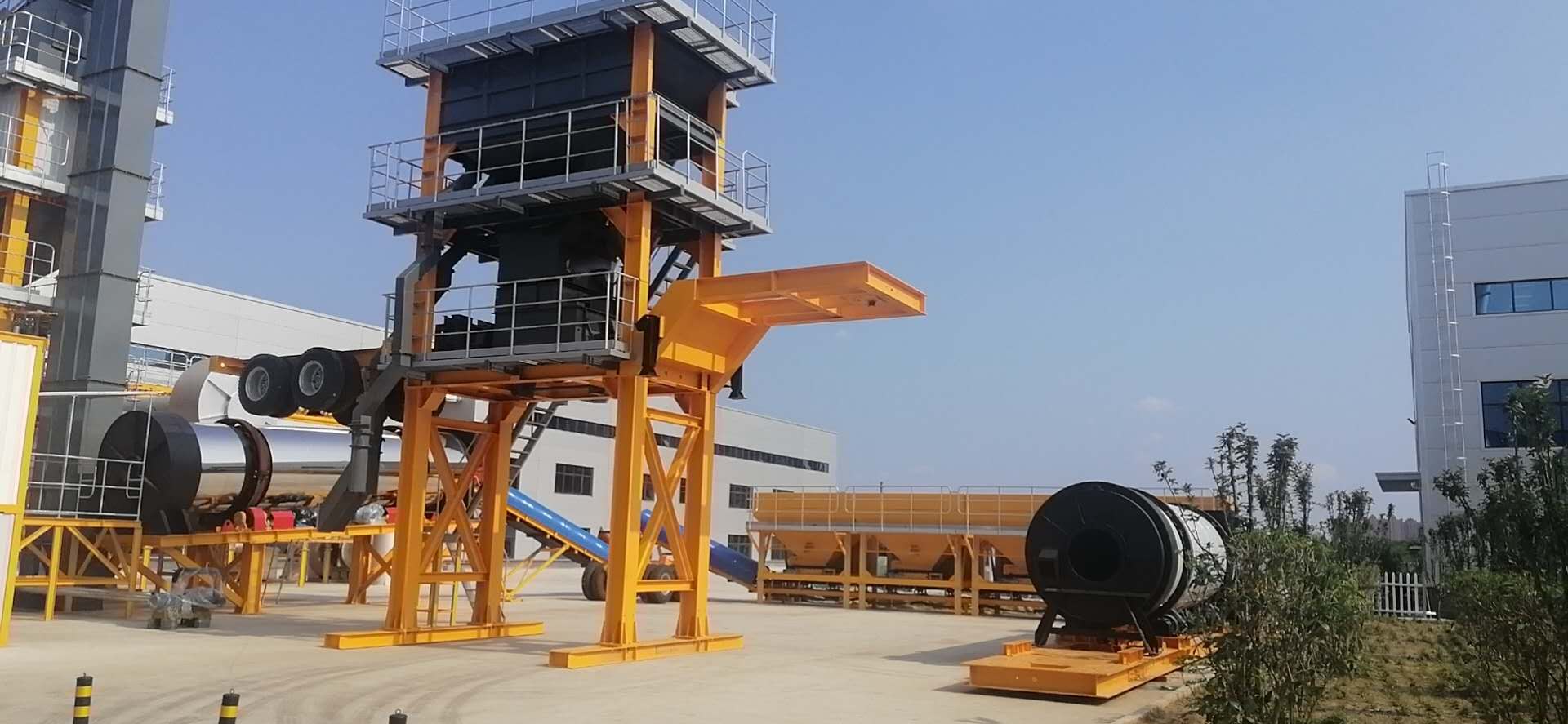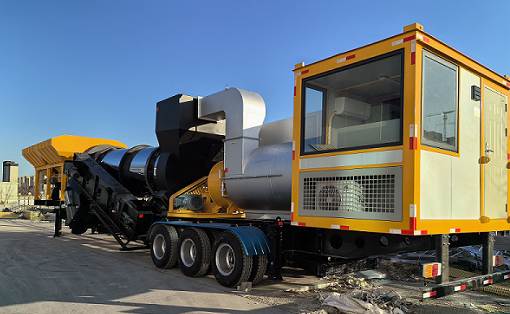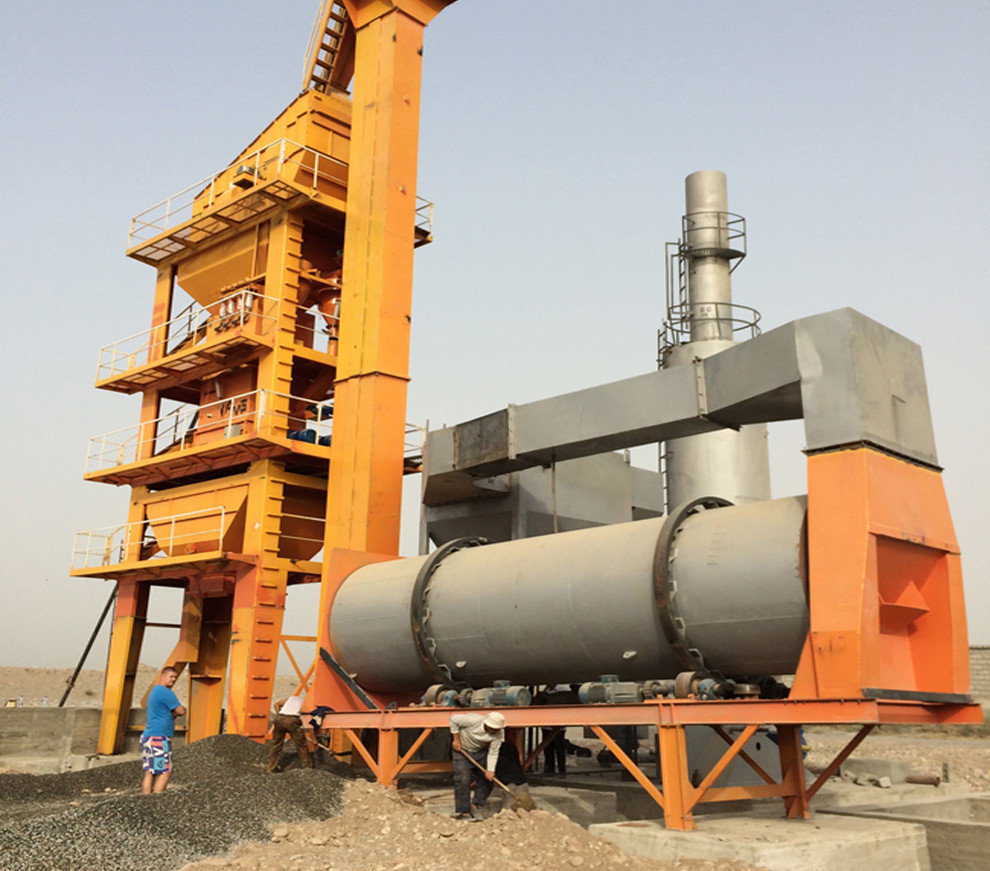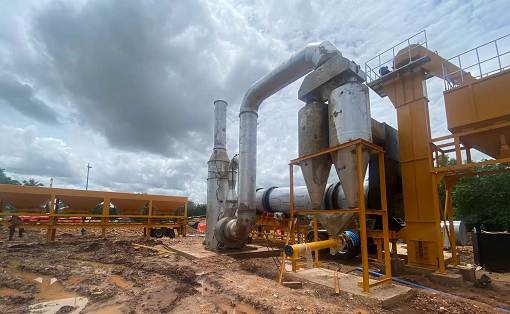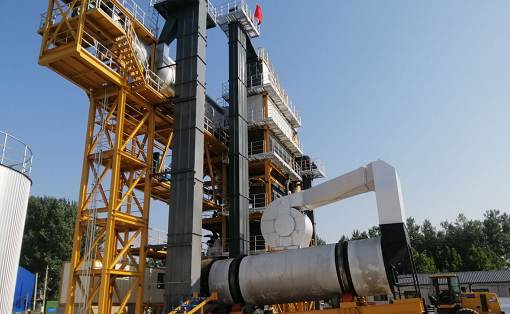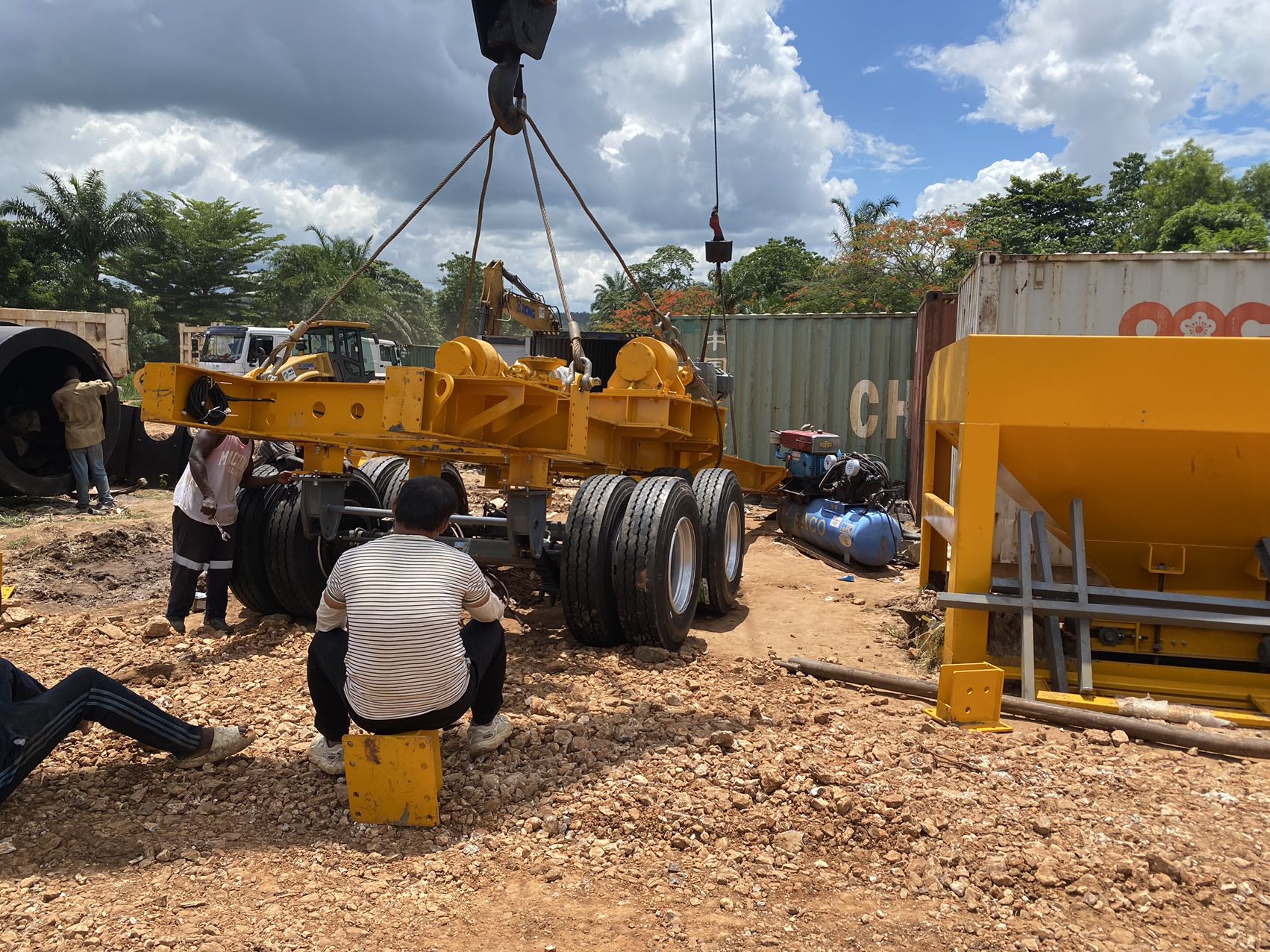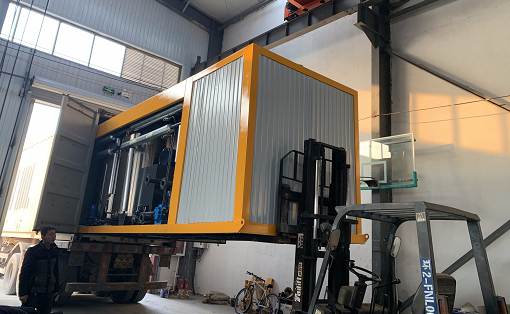Performance characteristics of environmentally friendly asphalt mixing equipment
Asphalt mixing stations have always been criticized for pollution due to the emission of harmful smoke and dust and high energy consumption. Asphalt mixing stations with high pollution, high energy consumption and unqualified environmental protection are obviously incompatible with modern urban development. Under the high pressure of environmental protection supervision, how can asphalt mixing stations pass environmental protection inspections smoothly? Can asphalt mixing stations be low-carbon, energy-saving, and environmentally friendly, and achieve environmental protection upgrades?
As a professional asphalt mixing equipment R&D and manufacturer, how to make asphalt mixing stations more environmentally friendly and energy-saving has always been the direction of Nanfang Road Machinery’s efforts. In response to the pollution problems faced by asphalt mixing stations, Nanfang Road Machinery has launched environmentally friendly asphalt mixing equipment with strict environmental protection standards.
Asphalt mixing stations have always been criticized for pollution due to the emission of harmful smoke and dust and high energy consumption. Asphalt mixing stations with high pollution, high energy consumption and unqualified environmental protection are obviously incompatible with modern urban development. Under the high pressure of environmental protection supervision, how can asphalt mixing stations pass environmental protection inspections smoothly? Can asphalt mixing stations be low-carbon, energy-saving, and environmentally friendly, and achieve environmental protection upgrades?
As a professional asphalt mixing equipment R&D and manufacturer, how to make asphalt mixing stations more environmentally friendly and energy-saving has always been the direction of Nanfang Road Machinery’s efforts. In response to the pollution problems faced by asphalt mixing stations, Nanfang Road Machinery has launched environmentally friendly asphalt mixing equipment with strict environmental protection standards.
From the storage, transportation, heating, mixing of asphalt and aggregates to the unloading process, environmental protection operations are completed, and harmful smoke, dust and high energy consumption problems generated during the production process are effectively controlled, becoming a pioneer in the environmental protection transformation of asphalt mixing stations.
6 major features of environmentally friendly asphalt mixing equipment: The construction of roads mainly involves maintenance and repair, and the supply method of asphalt mixture has changed: self-feeding method-product supply. Fixed location: fixed station, urban fringe area, radiating asphalt pavement construction around the city. Environmental protection requirements: dust, smoke, noise. Product diversity and flexibility. Service objectives: municipal construction units, real estate developers, peer rescue. Response time: unplanned, fast production to meet demand.




